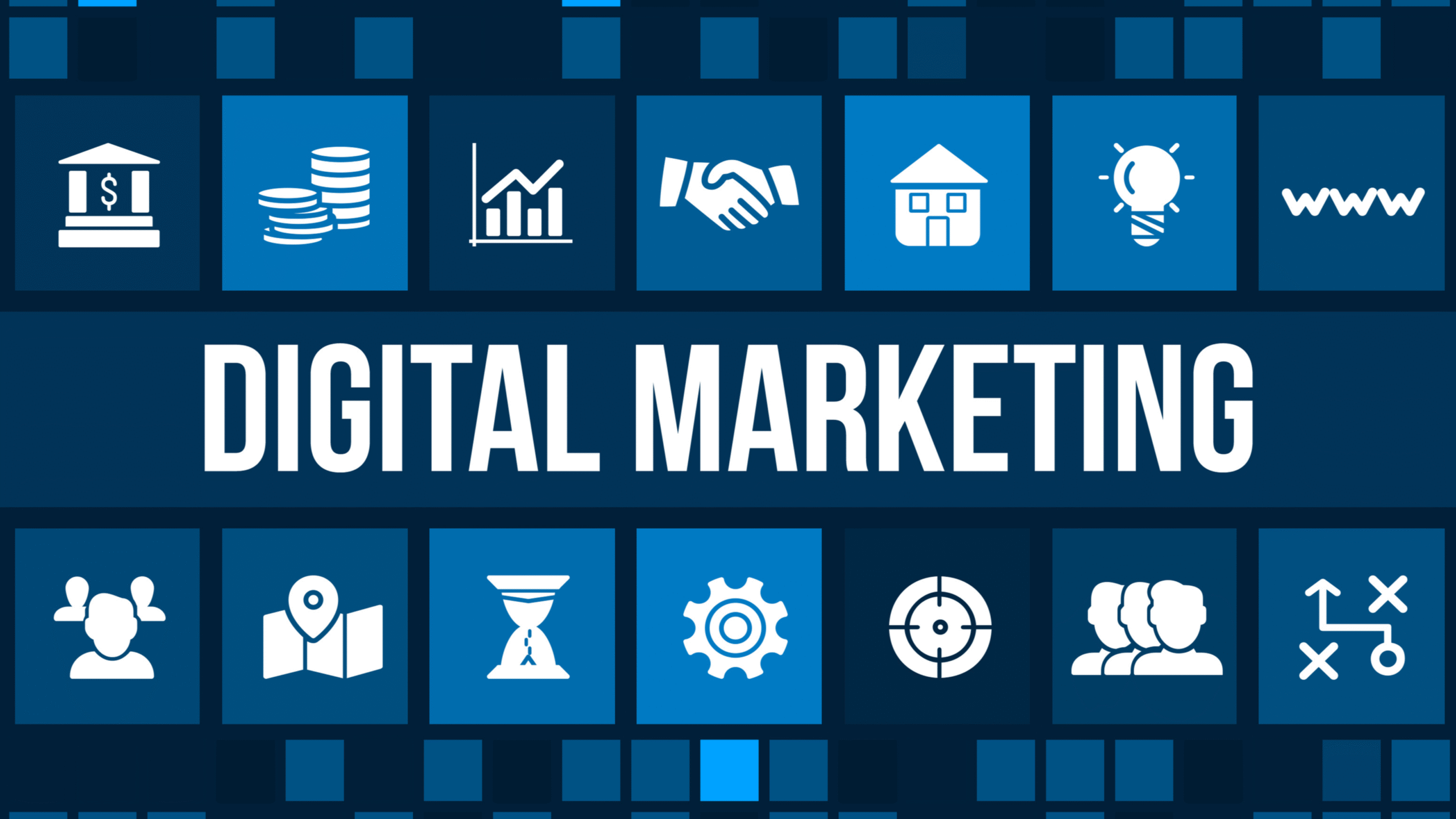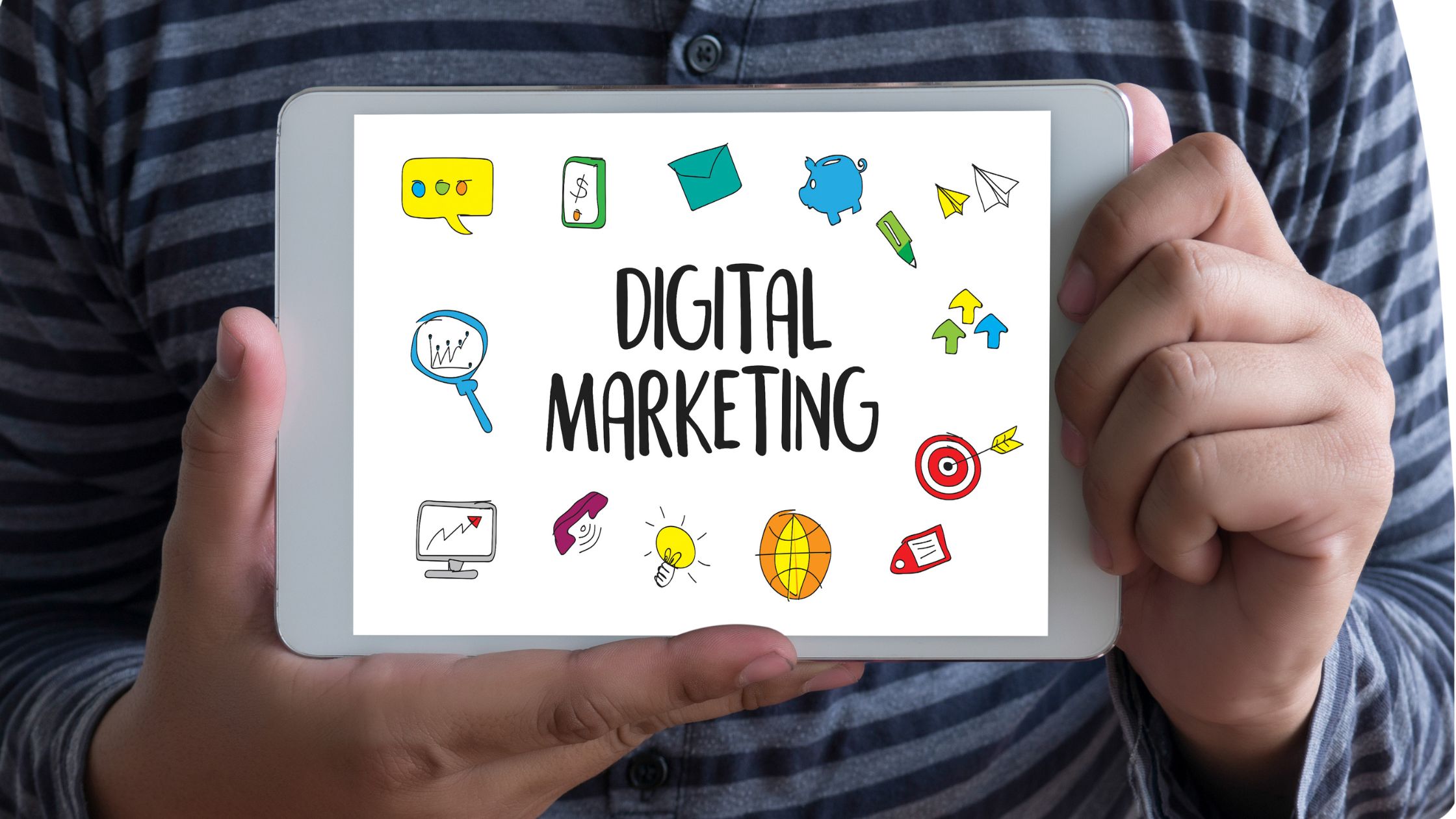Digital Marketing Companies: How to Choose the Right Partner for Your Business
In today’s fast-paced digital world, establishing a strong online presence is essential for business success. Whether you own a startup or manage a growing enterprise, choosing from the many digital marketing companies can significantly influence your brand’s growth. This guide offers insights to help you identify, assess, and select the ideal digital marketing agency according to your needs. Understanding the Role of Digital Marketing Companies What Digital Marketing Means Digital marketing is the art as well as the science of promoting brands through various online channels. It involves SEO to increase search rankings, social media to engage communities, content marketing to educate and inform, and paid advertising to attract immediate traffic. Each method focuses on connecting businesses with their target audience while driving sales and brand loyalty accordingly. The Shift to Digital: Why It Matters Consumer habits have dramatically shifted towards digital platforms. Studies show that over 80% of buyers research online before purchasing. This digital-first mindset means businesses without a robust online strategy risk losing visibility. Digital marketing companies stay ahead of trends and technologies, ensuring you adapt swiftly and maintain a competitive edge. Benefits of Hiring Digital Marketing Companies Market Knowledge Digital marketing companies understand the nuances of your local market. They are familiar with regional demographics, language preferences, and cultural factors that influence buying behavior. For example, a campaign that works in one city might need further adjustments in another. Local agencies tailor their strategy to resonate authentically with your community. Improved Collaboration and Support The proximity of a local agency allows for easier communication, as face-to-face meetings foster trust and make brainstorming more effective. You can quickly address issues and adjust campaigns in real time. In addition, local agencies often attend community events and networking opportunities, keeping them connected to the pulse of your market. Key Services Offered by Local Digital Marketing Agencies SEO Services SEO remains the cornerstone of digital visibility. Local agencies optimize your website structure, keywords, and content to rank well in search results. They emphasize local SEO strategies such as optimizing Google My Business, managing local citations, and handling reviews to attract nearby searches and increase foot traffic. Social Media Marketing Social media platforms provide a direct channel to your audience, and local agencies craft tailored content that sparks conversations as well as builds loyal communities. Whether it’s running targeted Facebook ads or creating engaging Instagram reels, they help boost brand awareness and customer engagement. Content and Email Marketing Quality content builds trust. Agencies produce blogs, videos, and infographics designed to inform and inspire your customers. Coupled with email marketing, they nurture leads through personalized campaigns that encourage repeat business and referrals. Web Development and UX Design Your website is often the first interaction customers have with your brand, and local agencies ensure your site is visually appealing, easy to navigate, as well as optimized for mobile devices. Great UX design reduces reduces bounce rates and increases conversions by making the user journey seamless. How to Identify the Right Digital Marketing Company Proven Experience and Portfolio Ask for case studies and client references. A strong portfolio showcases the agency’s ability to deliver measurable results. Look for experience in your industry or with similar business goals, as this familiarity can speed up strategy development, along with execution. Transparency and Communication A good agency provides regular reports highlighting key performance indicators (KPIs) such as traffic growth, conversion rates, and ROI. They should explain results in plain language and be proactive in discussing strategy adjustments. Open communication ensures your goals remain aligned throughout the partnership. How to Evaluate Your Options Effectively Questions to Ask During Your Consultation Prepare specific questions to evaluate fit: How do you tailor strategies to local markets? What tools do you utilize for tracking and reporting? Can you share success stories similar to my business? How do you handle campaign optimization based on data? Budgeting and Pricing Models Understand the pricing structures clearly. Monthly retainers offer ongoing support, while project-based fees might suit one-time campaigns. Beware of agencies promising overnight success — digital marketing is an investment that pays off with consistent effort. Checking Certifications and Credibility Certifications from Google, HubSpot, or Facebook demonstrate technical proficiency and adherence to industry standards. Look for agencies that stay current with best practices and invest in continuous learning. Conclusion: Choosing the Right Digital Marketing Partner Finding the best digital marketing company takes careful research and thoughtful consideration. Focus on agencies that combine technical expertise with local insight, transparent communication, and a commitment to your success. This partnership will help your business thrive in the competitive digital landscape. If you’re ready to take your online presence to the next level, we recommend checking out Blogrator Web Service – a trusted resource for digital marketing solutions tailored to your business. Frequently Asked Questions (FAQs) 1. Why should I hire a local digital marketing company? Local agencies provide deep insights into your community’s behavior and preferences. They offer personalized service and quicker responses compared to remote firms. 2. How do I know if a digital marketing agency is working effectively? Look for clear, data-driven results in their reports, positive client testimonials, and a transparent approach to adjusting strategies based on performance. 3. What questions should I ask during the initial consultation? Ask about their experience with businesses like yours, their strategic approach, the tools they use for tracking results, and how they communicate progress. 4. Can small businesses afford digital marketing services? Yes! Many agencies offer flexible packages designed to fit different budgets without compromising on quality or results. References Chaffey, D. (2023). Digital marketing: Strategy, implementation, and practice (8th ed.). Pearson. Ryan, D. (2023). Understanding digital marketing: Marketing strategies for engaging the digital generation (5th ed.). Kogan Page. HubSpot. (2024). What is digital marketing? https://blog.hubspot.com/marketing/what-is-digital-marketing










